Occasionally, when I have photos posing a processing challenge, I resort to using DxO OpticsPro 11. The program is excellent at post-processing photos, but I seldom use it because it is more time consuming than other software I have. In part, this is because DxO is a subtle and sensitive manipulator of RAW images. It’s what makes it such a capable post-processor.
The above is the as-shot RAW file from my July 16th foray into capturing some of the sights and scenes of Saddle Road. Before I talk about Saddle Road, let me point out the difficulty of the above shot. Sunny sky, bright clouds, backlit subject in the shade, and lava.
I typically spot-meter the bright portion but do so close to the darker area. I do that because it’s easier to bring out detail from underexposed areas than coax any details from blown-out highlights. Lighting the underexposed areas usually produces artifacts (noise) that while controllable, degrades the details of the photos. DxO does a great job of bringing out the details and managing the noise. It almost makes me look like a capable photographer.
The following is the end result after processing the original with DxO, adding the frame (dark line) using OnOne, and gently tweaking the final product using lightroom.
All of the photos in this post were processed with DxO before anything else was done to them, like, for instance, stitching them into panoramas using Photoshop. It’s not that all the photos required it, but since I was doing a number of them in DxO, I did them all.
As usual, you can click on individual photos and a larger version will open up in a new tab or window. To see the original size photo, go to the SmugMug Gallery HERE. Be aware that while I usually post photos in the order they were taken, some of these are out of order to fit the narrative and for clarity.
So, here we go . . . Saddle Road.
My first exposure to Saddle Road was when we first visited the Big Island on our own and picked up the rental car. The rental agreement had the usual legalese that no one reads but it also contained restrictions the clerk made sure I saw. Along with the usual (eg. don’t drive naked unless you put down a towel; don’t sleep while driving; don’t use the car as a boat; don’t use the car to carry livestock), there was this:
“Under penalty of castration and forfeiture of all your short hairs for ignoring this warning, you are hereby admonished to not drive on these roads: Saddle Road, South Point Road.”
Have you ever seen a bullfight? They wave this red cape in front of the bull, goading it to attack. It works the same way when people tell me I can’t do something. I, naturally and all innocent-like, asked “Why the heck not? They are roads, right?”
“They are dangerous roads accessible only to experienced and fearless drivers.”
Like I said, red cape, bull.
Here’s the thing . . . I had good maps. I could see there were roads shooting off from those roads. Also, the Internet was already a thing by then, and although crude, I did have access to satellite photos of the areas. People lived off those roads.
Having experienced first hand the skill of local drivers (over twenty years later, I’m still not impressed), I figured that if they could drive those roads, well, by golly, being a driver extraordinaire, so could I.
And, drivable they were, offering interesting vistas and experiences I still treasure. Those roads are now greatly improved, and the restriction on Saddle Road has been lifted (they still want rental cars to stay off South Point Road, something that everyone cheerfully ignores). Since we’ve been here, we must have traveled on Saddle Road some twenty times or more, and each time, I promise myself I will make a specific trip just to shoot some photos. On July 26th, I did just that.
There is a particular area I wanted to get to. Mind you, there are many areas on that road that will merit their own posts, but for now, this area . . .
Wait . . . that is the unaltered RAW file. Here is the processed file.
This area is particularly amazing after a rain as the lava appears much darker when wet and the contrast to the vegetation is stark. Still, this was a pretty good day, if a bit too bright. Where are we? Here:
That scenic area is little more than a slightly wider shoulder and you can see the little tree that I show in the opening photo. This tree:
Notice all that red groundcover.
If you climb the little mound and stand next to the tree, this is what you see:
If you then snap about eleven photos and stitch them all together, you get this 270º panorama view.
If you have a fast Internet hookup, you can click HERE to get the full-size version of the file (18 MB).
Saddle road passes between Mana Loa (on the left in the above photo) and Mana Kea (on the right in the above photo).
This is what the groundcover looks like.
Did you see the bee? I’ll get back to that. Right now, I want to show these tiny, very tiny, flowers.
When I say tiny, I mean maybe three to four millimeters across. Very easy to miss unless you get down there to photograph a bee.
The bee is also easy to miss unless you get down there to photograph these pink flowers.
By the way, I looked at a number of resources and have found neither of these flowers. I’m tempted to name them as new species, but I’m betting someone has already claimed credit.
Here’s the bee . . .
Here are both the flower and the even smaller bud . . .
And here’s what I think is a pretty good sequence of bee photos . . .
A bit up the road (heading back toward Kona) one passes by the Mauna Kea Access Road. If one turns on that road, as one did, one could go up to the Visitor Information Station. The station is at the 9,200 ft. elevation and it serves as a place to acclimate visitors to the high altitude before heading up to the summit at 14,000 ft. or just shy of Pikes Peak’s elevation.
Mauna Kea used to have weekly escorted tours, but those are on hold indefinitely . . . but, you can still get a tour if you are a resident (which we now are). You need to make reservations and one needs to be quick to call as soon as the reservation time-window opens at the beginning of each month. We’ll be doing that one of these months.
We just drove up to the visitor center. On the way down, if someone pulls off here:
. . . one could get these shots . . .
These were taken at around 8,858 feet in elevation. And, if one chooses to do so, one could take a number of shots to get a panorama . . .
If you have a fast Internet hookup, you can click HERE to get the full-size version of the file (15 MB). That’s Mana Loa in the background.
This photo . . .
Did not turn out very well and I could not salvage it . . . so I turned into a B&W offering.
Just before getting back to Saddle Road, we passed an abandoned post. The disrepair of the structures offered what I thought were decent photo opportunities.
By the way, here’s another example of the original file . . .
. . . with its sun-washed colors and nearly-blown highlights, and the DxO processed version . . .
Here are the rest of the photos of that series . . .
Once back on Saddle Road, I kept going toward two trees I’ve had my eye on. But, before we got there, I snapped a couple of more photos.
Yes, even here, garbage lines the road. Not as much as other places, probably because the strong winds blow it into the surrounding lava fields. The second of the above shots was interesting for the play of light and shadow, grass and rocks, and because it amused me.
So, here’s the first of the trees that caught my eye.
And, this is the second tree.
Both these trees can be seen from the street view in Google Maps or Google Earth. The only change is that rather than the temporary fence one sees in the 2011 photos, they now have a metal fence lining the road.
Of the two, the second tree held more of my interest, mostly because the first was backlit and difficult to photograph.
I’m not sure if the rest of the wood on the ground is part of the same tree or if it’s a separate tree, or if it’s a system of roots, now dead. Here’s a panorama to show what it looks like.
If you have a fast Internet hookup, you can click HERE to get the full-size version of the file (15 MB).
The right-most photo forming that sequence shows the Pu’u Huluhulu Cinder Cone (the one on Saddle Road, not the cone by the same name in Volcano National Park)
That’s a subject for another post.
That’s it. This post has ended . . . except for the stuff below.
<><><><><><><><o><><><><><><><><><o><><><><><><><>
Note: if you are not reading this blog post at DisperserTracks.com, know that it has been copied without permission, and likely is being used by someone with nefarious intention, like attracting you to a malware-infested website. Could be they also torture small mammals.
<><><><><><><><o><><><><><><><><><o><><><><><><><>
Please, if you are considering bestowing me recognition beyond commenting below, refrain from doing so. I will decline blogger-to-blogger awards. I appreciate the intent behind it, but I prefer a comment thanking me for turning you away from a life of crime, religion, or making you a better person in some other way. That would mean something to me.
If you wish to know more, please read below.
About awards: Blogger Awards
About “likes”: Of “Likes”, Subscriptions, and Stuff
Note: to those who may click on “like”, or rate the post; if you do not hear from me, know that I am sincerely appreciative, and I thank you for noticing what I do.
. . . my FP ward . . . chieken shit.












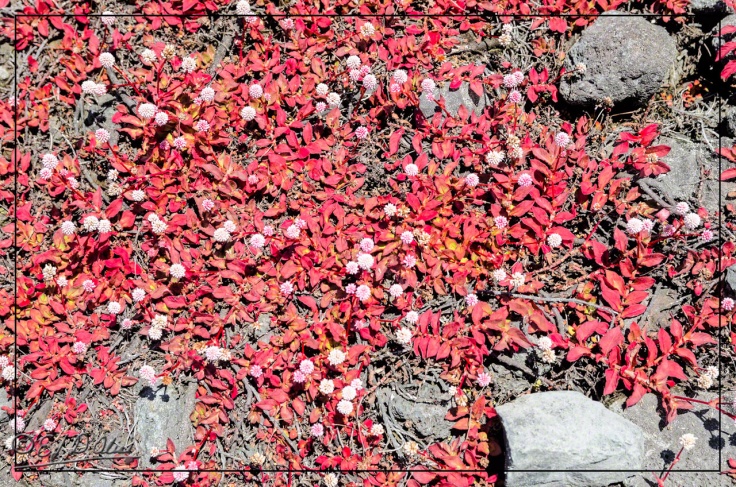











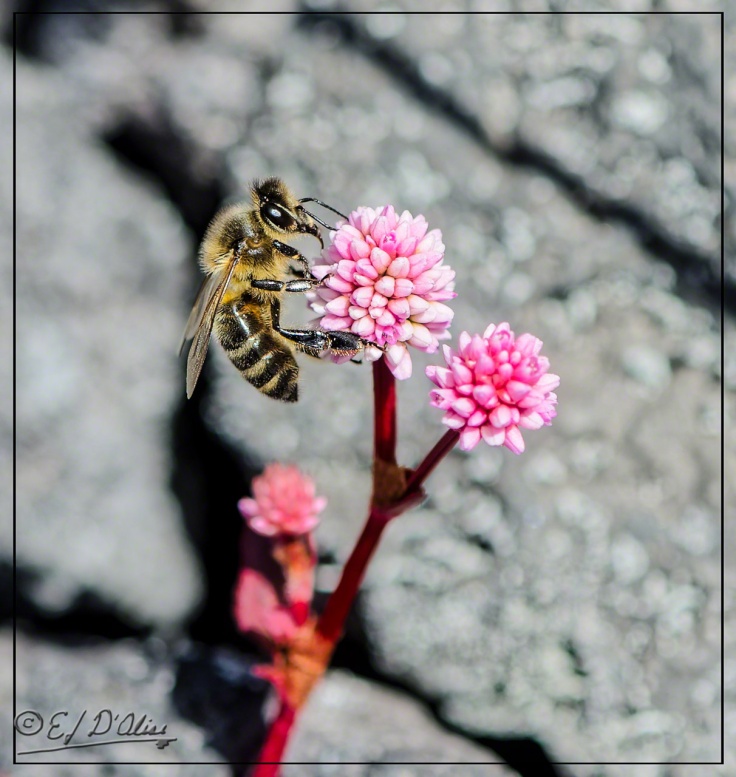



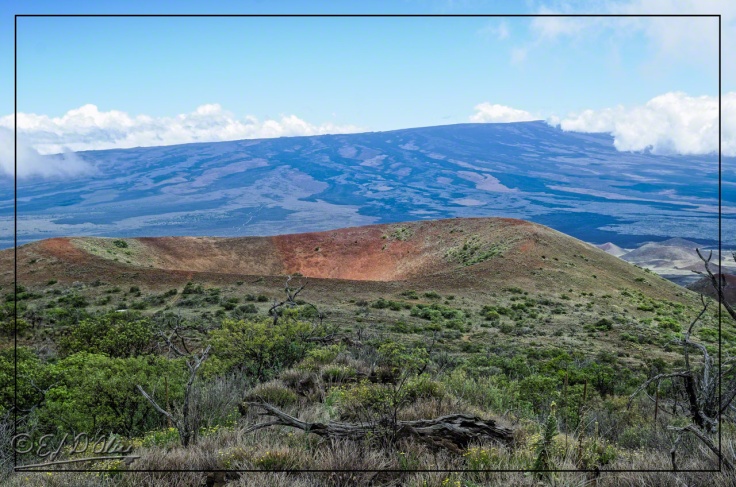
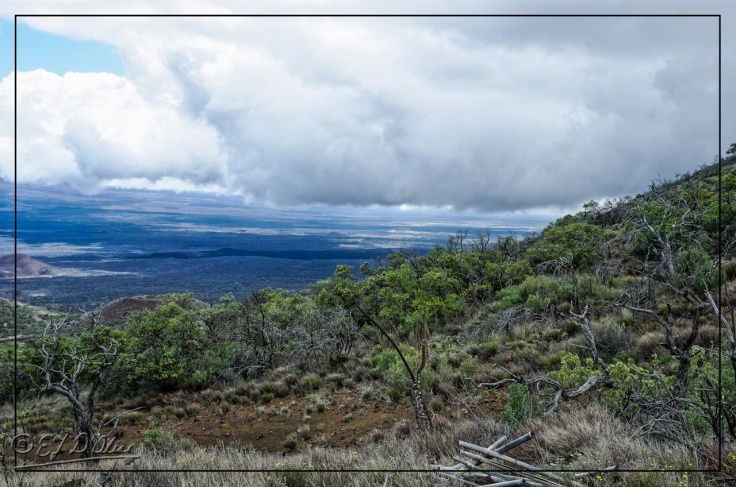




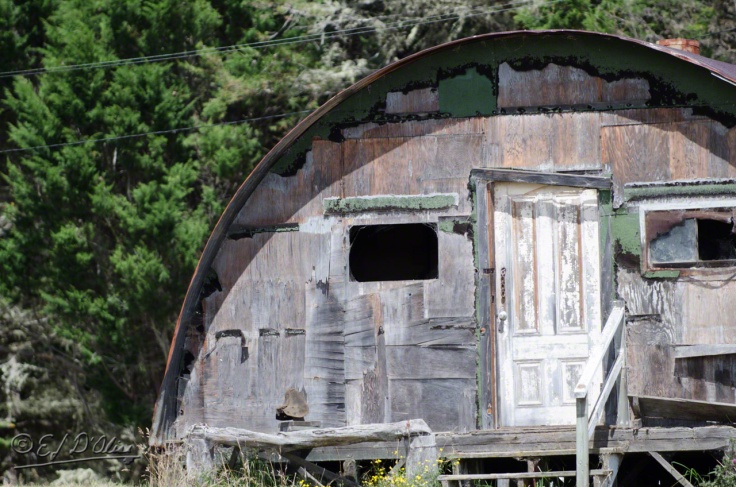



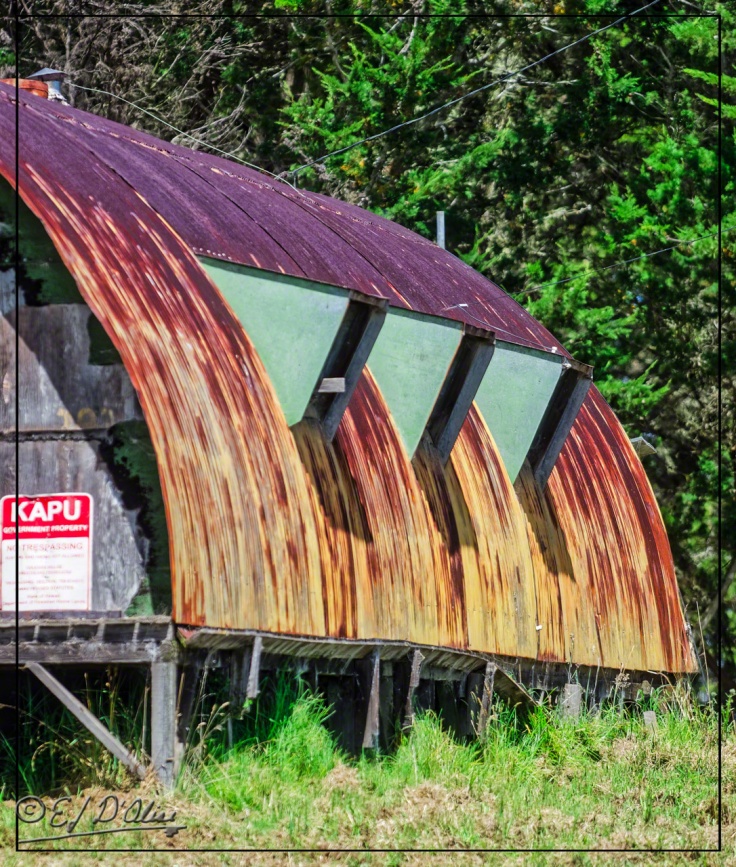
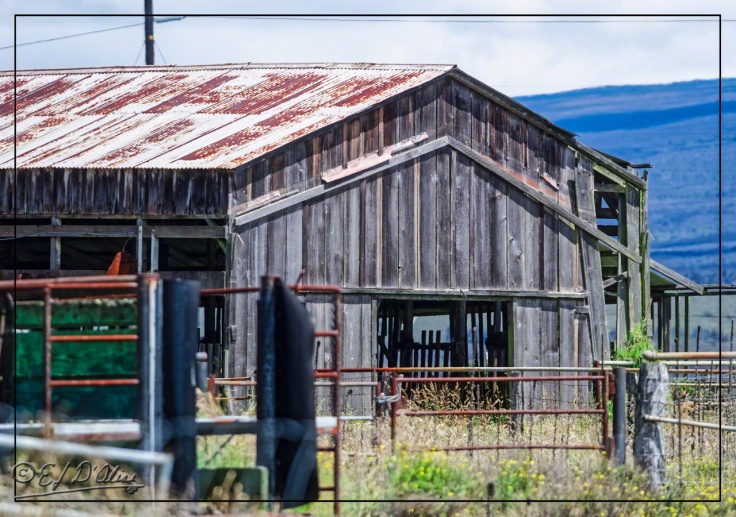

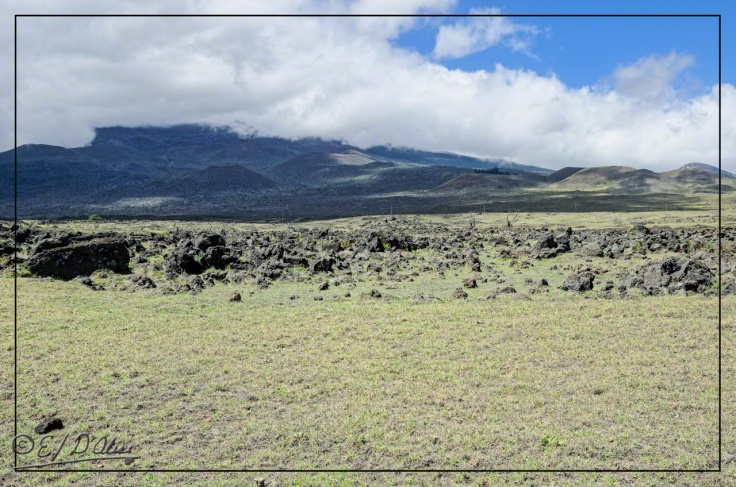


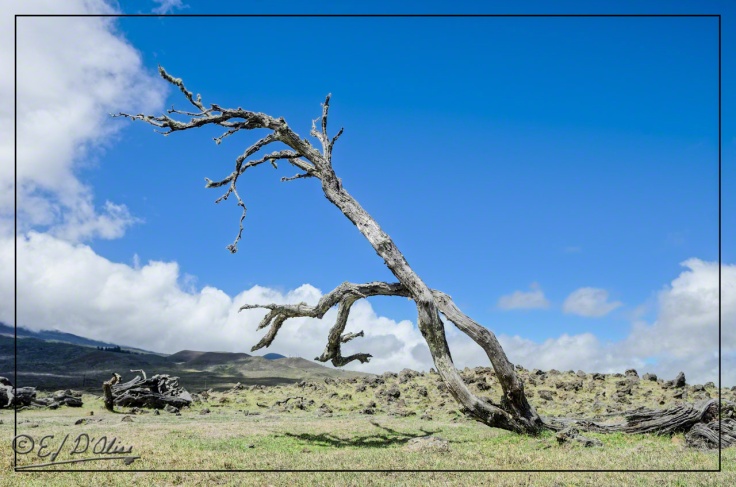

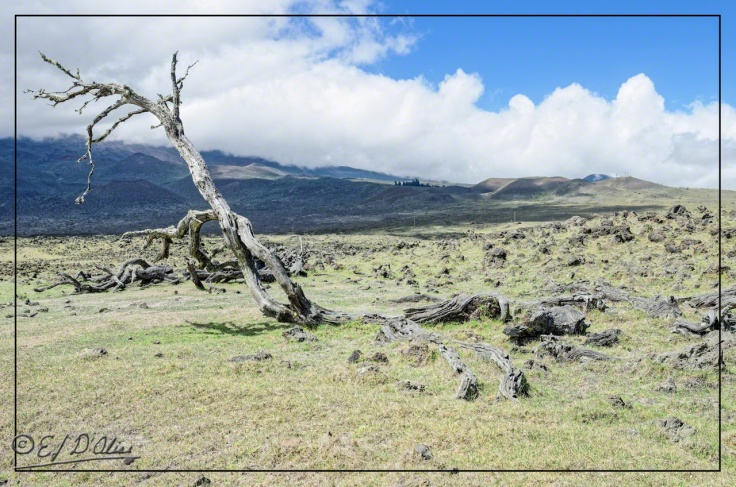

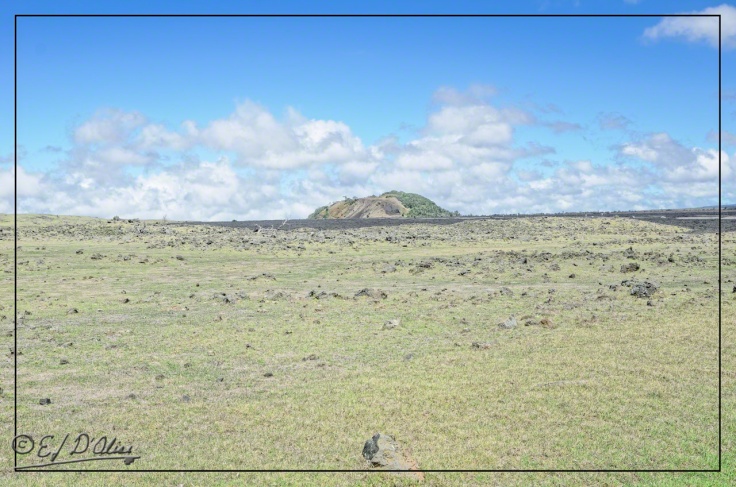
Of course you want to go on the roads they tell you are too dangerous. they didn’t look all that bad to me,. The route doesn’t apparently make you drive into a volcano, so that’s good. I guess they just say that stuff because if something does happen, they feel justified in saying “I warned him!” And so they did.
I wonder if all bees look as grumpy as that one you did in close-up , or if he was just having a bad day? I didn’t know bees could sneer.
Your posts are so educational!
LikeLike
Before they redid the road, it was pretty much a one-and-a-half-lane road with lots of blind hills. There is a part of it that is still somewhat narrow and hilly (I’ll cover that in another post).
Also, it’s about 50 miles with no facilities, and back then there was no cell phone coverage. Still, like any road, it was only dangerous if one was an idiot, or reckless, or both. I know I’m not reckless, so I’m halfway there to being a safe driver.
As for the bees, it’s my belief they are always grumpy . . . they are worker bees, not leisurely-enjoying-life bees. I think I too would be grumpy.
As for educational, I should add the disclaimer much, if not all, of what one learns from me should be subject to skeptical scrutiny and fact-checking.
LikeLike
I imagine such desolate places would lend themselves beautifully to your artsy processes (hint, hint!). Nevertheless, it must be refreshing to be in said desolation precisely for the opportunity to be away from man-made distractions . . . and quasi-alone with and in nature.
The tiny blue flower is especially beautiful when viewed in Original, . . . such perfection!
LikeLike
That road is fairly heavily traveled because it is the shortest and fasted route from one side of the island to the other. Still, not exactly teeming with cars.
There are paths one can take (by car or by foot) that will get you away from the majority of humans on the island. on the other hand, it’s an island. Pretty much anywhere you go you are likely to bump into someone, either locals or tourists. Frankly, the attraction is the stark landscape.
Not sure about artsy endeavors with these. I might try it, but none seem particularly suited. Although, as usual, if I try, I eventually come up with something I like. (click for larger version)
LikeLike
Yes! That’s precisely the “artsy” I mean! Very nice!!!
As for the desolate, I imagine there must be less people than I encounter any time I leave my home . . .
LikeLike
Hmm . . . unless I drive an hour or so (and it takes me 10-15 minutes sometimes to go just a few miles down the road) I’m likely in traffic or among lots of people doing stuff and going places. In that regard, you are more likely to find sparsely populated places like state parks and recreation areas where you live.
But, yes, discounting tourists, the population density here is less when taken as an aggregate.
LikeLike
Love these, love the text and being introduced to Saddle Road, and the ever begging tought of what lies beyond. Thanks for the ride, looking forward more of your Big Island exploits, descriptions and captures. Whooo, I remember a musical group called the “electric prunes,” but her’s a rare shot of the electric bee! M 😉
LikeLike
Thank you, that’s very kind of you to say.
As to what lies beyond, it’s either Waikoloa/Waimea/Kona or Hilo, depending on which way one travels and turns.
There are more things to see on the Saddle Road, hence the Part I.
. . . and glad you got a charge out of the bee.
LikeLike
Just as an aside would you believe that that 8858′ is 1550′ higher than the highest point in Australia; Mt Kosciuszko the etymology of the name for your interest I cut and pasted from Google to save you the trouble
‘It was named by the Polish explorer Paul Edmund Strzelecki in 1840, in honour of the Polish national hero and hero of the American Revolutionary War General Tadeusz Kościuszko, because of its perceived resemblance to the Kościuszko Mound in Kraków
LikeLiked by 1 person
Wow . . . you guys have puny mountains . . . And, thanks for the information. I did not know the name, and now I do.
LikeLike
Am continuing to enjoy the insight into Hawai, away from the tourist traps.
LikeLiked by 1 person
Thank you.
One word of caution . . . the whole island is a tourist trap (it’s the main industry here and what fuels the local economy). That said, with regards to places like Saddle Road, while one is likely to cross paths with many tourists, there are no vendors trying to sell you things . . . mostly. I just came from visiting a waterfall and at least two different businesses had vans at the entrance. One was selling shaved ice and the other was selling local tours.
LikeLike
Saddle Road! Wow! Thanks for sharing this with us!
There is so much to see on-the-road (with or without Willie Nelson! 😛 )…and you capture all of it with your great eye and then you art-it-up with your techniques!
Love the lava shots! I’ve seen some lava in New Mexico recently.
That bee be bee-utiful!
That little tiny purple flower is amazing! A work of art!
HUGS!!! 🙂
LikeLike
Thank, you and welcome back.
LikeLiked by 1 person
Those disused huts remind me of the old Nissen Huts used by the Australian and British Military during and after the second WW, and home from home for me in the mid 1950’s
LikeLike
There is a military training base near there, and those are still being used to house troops.
LikeLike
Once seen and lived in; never to be forgotten; 21 conscripted soldiers to each hut!
LikeLiked by 1 person